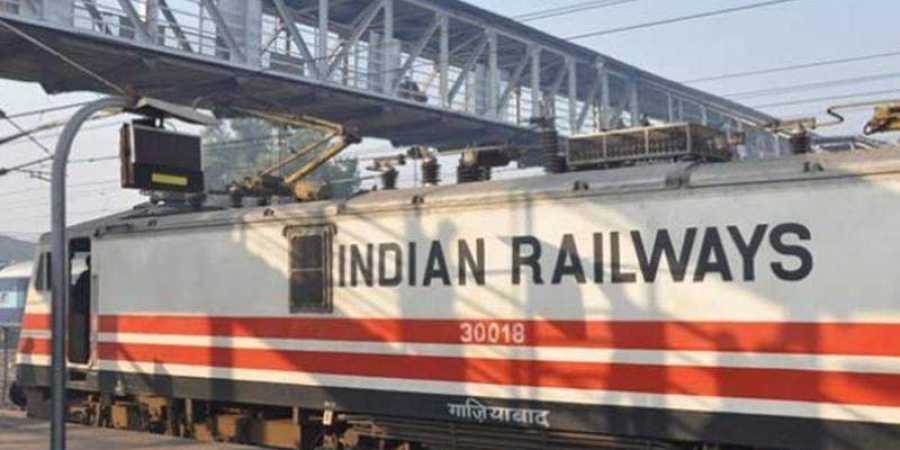
How Railways is using COVID pandemic to fastrack revenue growth

Practicing the maxim of finding opportunity in adversity, the Indian Railways have hiked prices across the board to make its services expensive in the post-COVID period.
The Railways have used the pandemic and the subsequent lockdown to overturn its previous philosophy of passing on profits from its freight operations to subsidise passenger fares to not only increase the cost of travel but also of platform and parking tickets. There is more to come as there could be a new levy on the use of amenities at the stations as the Railways lease them out to private operators.
Some train routes are also being put up for bidding for private operators, who are expected to charge a premium to offer improved services on selected routes.
Dinesh Kotha, CEO of Confirmtkt said that train fares have moved up for the general class passengers after resumption of train operations post-COVID because all booking is now for reserved seats. “This means general coach passengers have to pay ₹15-20 more for the same route since IRCTC charges this amount as a convenience fee for giving them a confirmed booking,” he said.
Of course, this offers the added convenience of having a confirmed seat. But, the journey in a general compartment, which was earlier for ₹40, now costs up to ₹60.
As for long distance fares, take the example of the 455 km long Vijayawada-Chennai route, where the fare is ₹180 for second seating versus ₹127 before COVID halted train operations. An increase of more than 40 per cent, since unreserved travel is no longer possible and the Railways are now running ‘special’ trains on long distance routes where higher fare is allowed for specials.
In addition, the dynamic or flexi-fare strategy on premium trains like the Rajdhanis, Shatabdis and Durontos continues as before. Flexi pricing means fares rise by 10 per cent on every slab of 10 per cent seats in a coach filling up, up to maximum 1.4 times the base fare. In 2018, the Railways decided to scrap the flexi-fare scheme for those trains where occupancy was 50 per cent or below. There is no clarity on whether this dynamic pricing principle still applies. Before COVID-19 stopped trains in their tracks, flexi fares were applicable to only about 140 trains out of the nearly 13,500 trains operated daily.
In a recent presentation before a parliamentary standing committee which was examining its demand for grants for 2021-22, the Railways proposed passenger fare hikes through various measures. The Railways listed out these steps:
** All new trains to be introduced with higher fare
** Conversion of Passengers to Mail/Express trains
** All existing trains with 100 per cent occupancy to have higher fare during high demand – season, week, day and time
** No concessional travel in high demand period
** Need based special trains during peak and festival season
** Augmentation of on-board capacity by attachment of additional coaches
** Clone/duplicate specials for trains with very high patronage
** Induction of MEMU (can run faster) in place of passenger trains in congested routes
** Induction of private participation in the operation of 150 pairs of passenger trains.
So all new trains will now have higher fares, all existing trains which are fully occupied will also have higher fares on high demand periods and those trains which will, in the near future, be operated by private operators will anyway have higher fares.
The hikes are important for the balance sheet of the Railways. Not only will higher passenger fares reduce dependence on freight earnings, they will also likely improve the operating ratio–the amount spent for earning every rupee (currently it is ₹95).
The Railways have been routinely missing targets for gross traffic receipts that are set at the beginning of the fiscal year: for 2021-22, the projected gross traffic receipts of 2,17,110 crore are slightly less than targeted receipts of the current fiscal. The operating ratio is projected at over 96 per cent for FY22.
Also, increased passenger revenues would help capex spends. Capex is typically funded through budgetary allocation, internal resource generation and extra budgetary funding. For FY22, only 50 paise of every rupee earmarked for capital expenditure of the Railways will come from budgetary support and only three paise through operations; a whopping 47 paise is to come from borrowings. The parliamentary panel has noted that with budgetary support never being enough to cover annual capex and internal resource generation also falling year after year, the Railways have had to borrow more to continue fulfilling capex needs. As fares start to increase across the board in one form or the other, the revenue generation may show a slight improvement.


